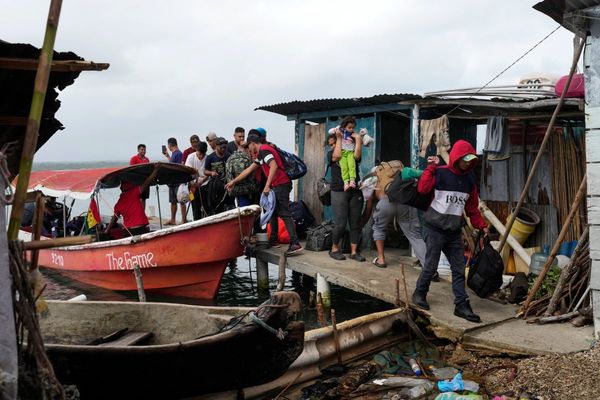
In North American elementary and high-schools, Black and Indigenous students are disciplined through suspension and expulsion more often than their peers. These same groups of students are also more often exposed to adversity and trauma such as community violence, racism and inequity.
As a social worker for many years in the Greater Toronto Area and Vancouver, in children’s mental health, child protection, school social work and in classrooms for students who have been suspended or expelled, I have seen firsthand the high level of exposure to adversity these students experience.
In fact, most teachers, school administrators, school social workers and psychologists are not surprised to hear about this level of adversity. Yet these experiences are rarely acknowledged in school policy or research.
Childhood adversity
Adverse experiences are situations that are harmful or threatening, or where a child does not receive the kind of protection or stimulation that encourages healthy development, such as exposure to violence or neglect.
In the ground-breaking Kaiser Permanente study on Adverse Childhood Experiences (ACEs), a group of researchers, led by Vincent Felitti and Robert Anda, identified specific forms of adversity that can cause long term physical and mental health concerns. These early childhood adversities (ACEs) were defined as:
While this research was indeed ground-breaking, the study included mostly white, middle class participants and focused on experiences within the home.
Need more research

Researchers, community members, teachers and practitioners are calling to expand the definition of adversities to include those that occur outside the home and disproportionately impact marginalized students.
Such adversities include things like:
Expanded forms of adversity — things like community violence, racism and inequity — have not traditionally been viewed as ACEs. The lack of attention, resources and research on expanded forms of adversity experienced by students who have been suspended or expelled results in a lack of understanding of how different group of students are coping.
Students who experience these forms of adversity are too often seen as perpetrators of adversity, rather than children who are coping with the profound impacts of trauma.
And tragically, schools too often respond to these students with discipline rather than as children who have experienced adversity.
Disproportionate school discipline
According to a recent study, Black students in Southern Ontario were twice as likely as white students to be suspended and four times as likely to be expelled. Indigenous students were expelled at over three times their representation in schools.
Male students are suspended most often making up 77 per cent of students who are suspended.
Research indicates that this racial disproportion is not primarily caused by differences in behaviours, but rather, differences in the way that students are treated and supported and differences in the characteristics of the schools that Black and white students attend.
Students feel they are more often disciplined based on gender, race and the neighbourhoods where they live. There are hopeful signs that the racial opportunity gap in education is improving but much more must be done.
The disproportion in suspensions and expulsions pushes certain students away from post-secondary education and toward systems of criminal justice. It is important to note that as many as two thirds of incarcerated adults have experienced significant and multiple early adversities resulting in severe trauma.
Institutional change
While universal approaches aimed at reducing suspension and expulsion overall are important, they don’t address broader social factors, the impact of expanded forms of adversity on students and the racial, gender and socioeconomic gaps within education.
Therefore, institutional change should focus on the conditions that allow early exposure to expanded forms of adversity. This requires a critical and intersectional approach.
Trauma-informed and culturally attuned schools

Where exposure to adversity can be reasonably assumed, such as systemic racism or areas with high community violence, schools should be places of refuge. This means school staff have time, training, resources, policies and ongoing support for the difficult task of recognizing and connecting with students, families and communities who may be coping with adversity.
A trauma-informed and culturally-attuned approach can equip educators to acknowledge the reality of adversity for their students.
Culturally-relevant disciplinary interactions engage students as learners, provide positive messages about who they are, what they are capable of and build connection and belonging within their schools. When expanded forms of adversity are acknowledged, educators are better able to understand, listen and connect with their students, well in advance of, as well as at the point of, discipline.
Adversity negatively influences academic outcomes, yet its pervasive impact is rarely acknowledged as traumatic for students who have been suspended or expelled. Greater focus on this issue may help ensure schools are adequately resourced to meet the needs of all our students, providing a truly trauma-informed and culturally aware approach to discipline.
Jane E. Sanders received funding from the Social Sciences and Humanities Research Council grant number 767-2017-1521.
This article was originally published on The Conversation. Read the original article.







